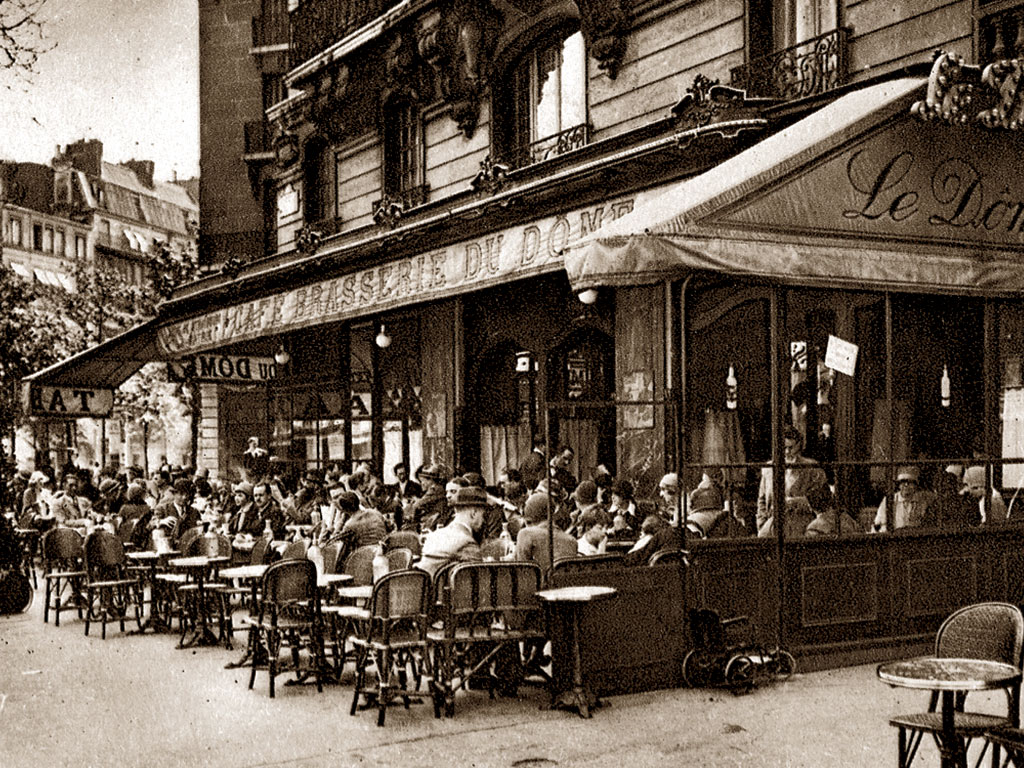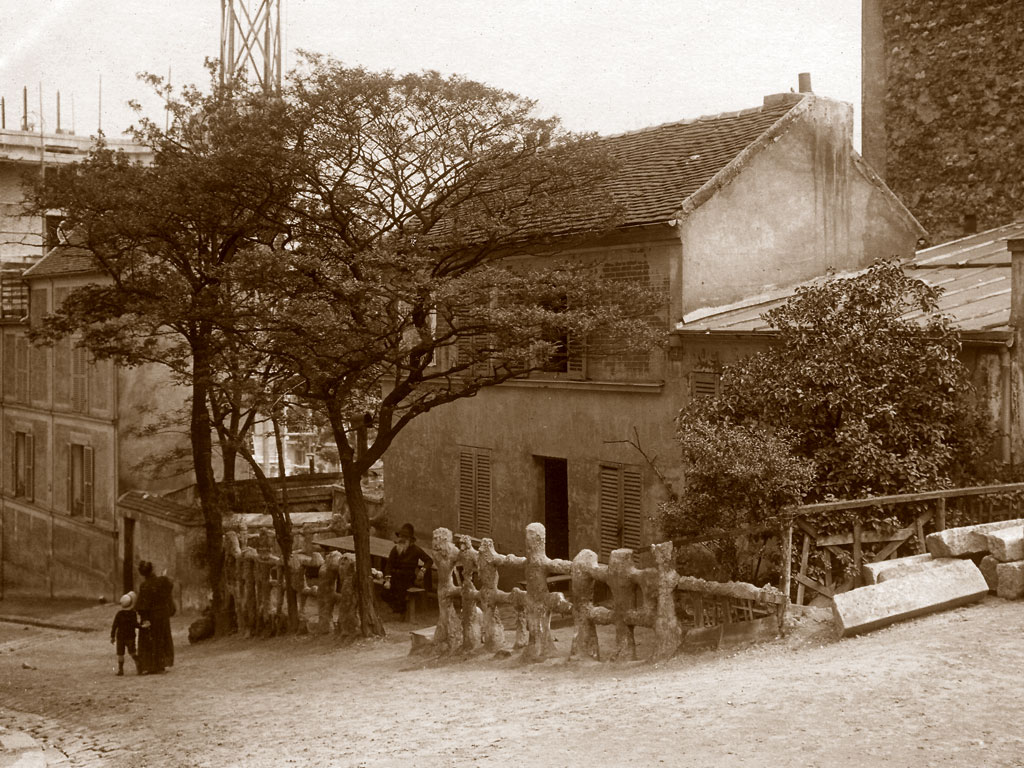Livorno and Paris

On 22 January 1920 Amedeo Modigliani was taken, unconscious, to the Charity Hospital in Paris where he died two days later, at the age of 36, from tuberculous meningitis, an incurable disease at the time, but which he had miraculously managed to defeat twenty years earlier. On the day of his death, Paris and the whole world lost one of the greatest artists of all time. With his unmistakable style he had succeeded in making his friends, companions, lovers, collectors and the "heroic" faces of the children of the Parisian night immortal.
In Montparnasse and Montmartre, Modigliani had befriended Guillaume Apollinaire, Chaïm Soutine, Paul Guillaume, Blaise Cendrars, Andrè Derain and Maurice Utrillo and he was admired by all for his culture, charm and charisma. His brilliant talent and uncompromising approach to art, his beauty and his Mediterranean passion charmed everyone he met. He was, however, also a prisoner of alcohol and drugs, and through art challenged death every day in the quest for an escape from his tragic destiny.
The great rival of Modì, as Amedeo was known in Paris, was Pablo Picasso, whom he admired and hated. Picasso was fascinated by the young Italian artist and by his works, which reflected all the beauty of Renaissance art expressed in an absolutely modern language.
Despite his energy and youth and many lovers, including the poets Anna Akhmatova and Beatrice Hastings, Modigliani was unable to escape death. A tragedy that was strongly felt throughout the avant-garde of Paris. And if all this were not enough, his young companion, Jeanne Hébuterne, a talented artist whom everyone loved, decided to accompany him in death, despite expecting Amedeo's second child. The immediate consequence was the transformation of Modigliani into a legendary character, into an evanescent and scandalous emanation of a bohemian world, which, in his portraits and nudes, will recognise the sense of his extreme vitality mixed with tedium and a deep, fatal melancholy.

How difficult it is still today to restore the reality of the character and the historical truth of the facts of that tragedy!
That dramatic death still today influences the minds of leading historians, who struggle to distance themselves from a legend largely fuelled by 'friends', who, whilst undoubtedly upset, could not resist the need to be part of the legend itself, thus creating it from scratch.
Many, by associating with such a genius, sought fame for themselves. The truth that this Centenary must absolutely re-establish is that Modigliani deserves his place among the five geniuses of the century as an avant-garde painter and sculptor and, together with Picasso and Matisse, inventor of a standard for primitive arts. And if History, not just the market, took advantage of this splendid opportunity to restore him to his rightful place?
What better place to celebrate the centenary if not Livorno, his hometown? A city that imbued the artist with his universal Jewish spirituality and that has never failed to recognise in Modigliani the genius we remember today.
(From the essay by Marc Restellini published in the catalogue “Modigliani e l’avventura di Montparnasse. Masterpieces from the Netter and Alexandre collections). Published by Sillabe)




























